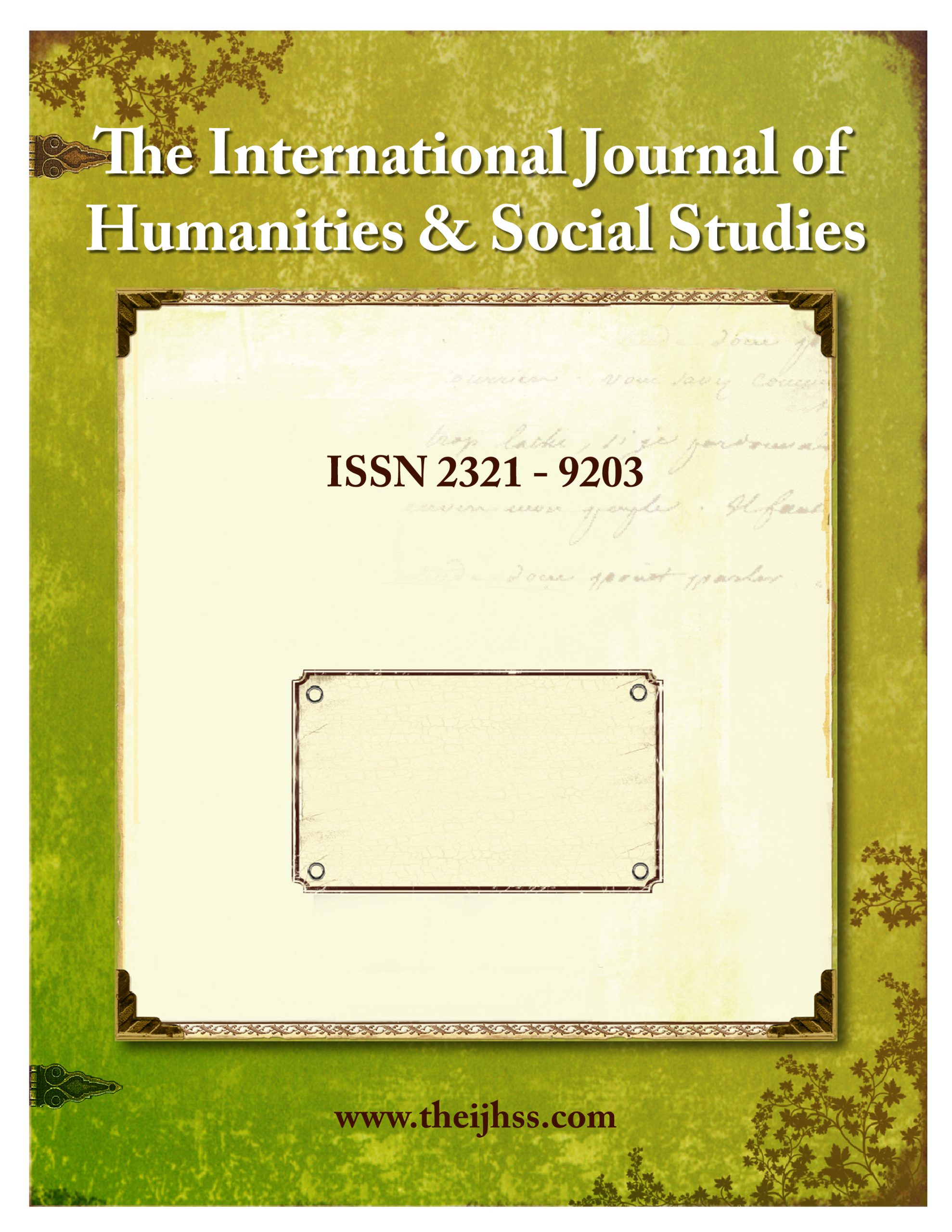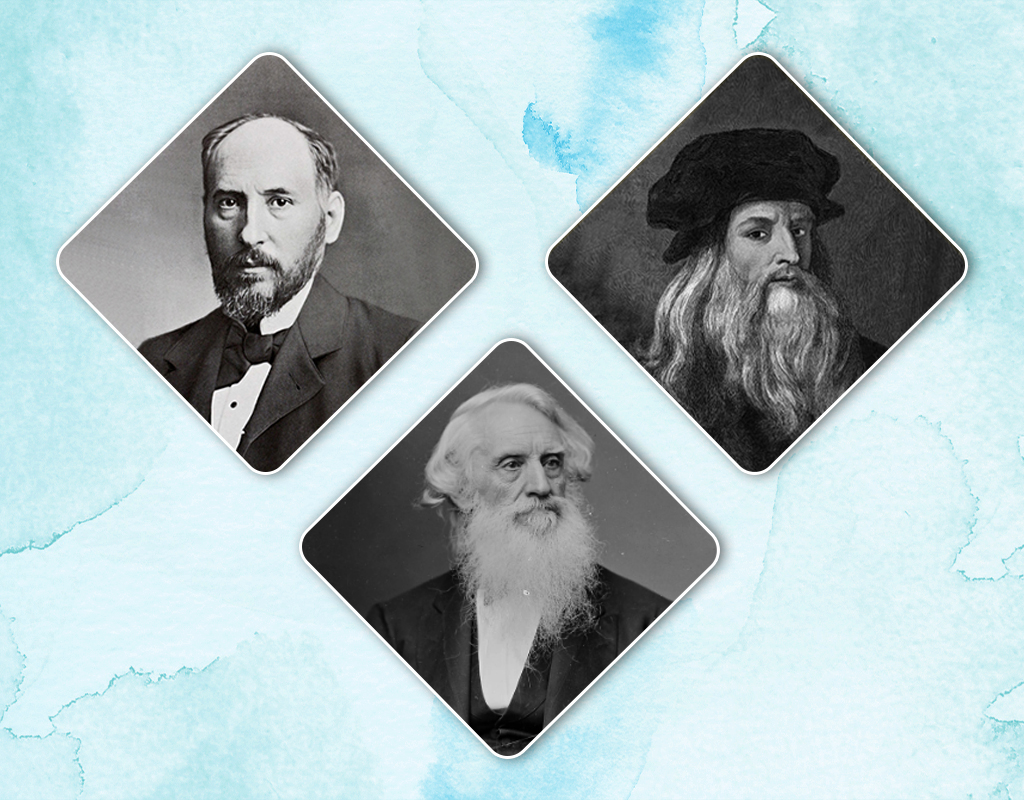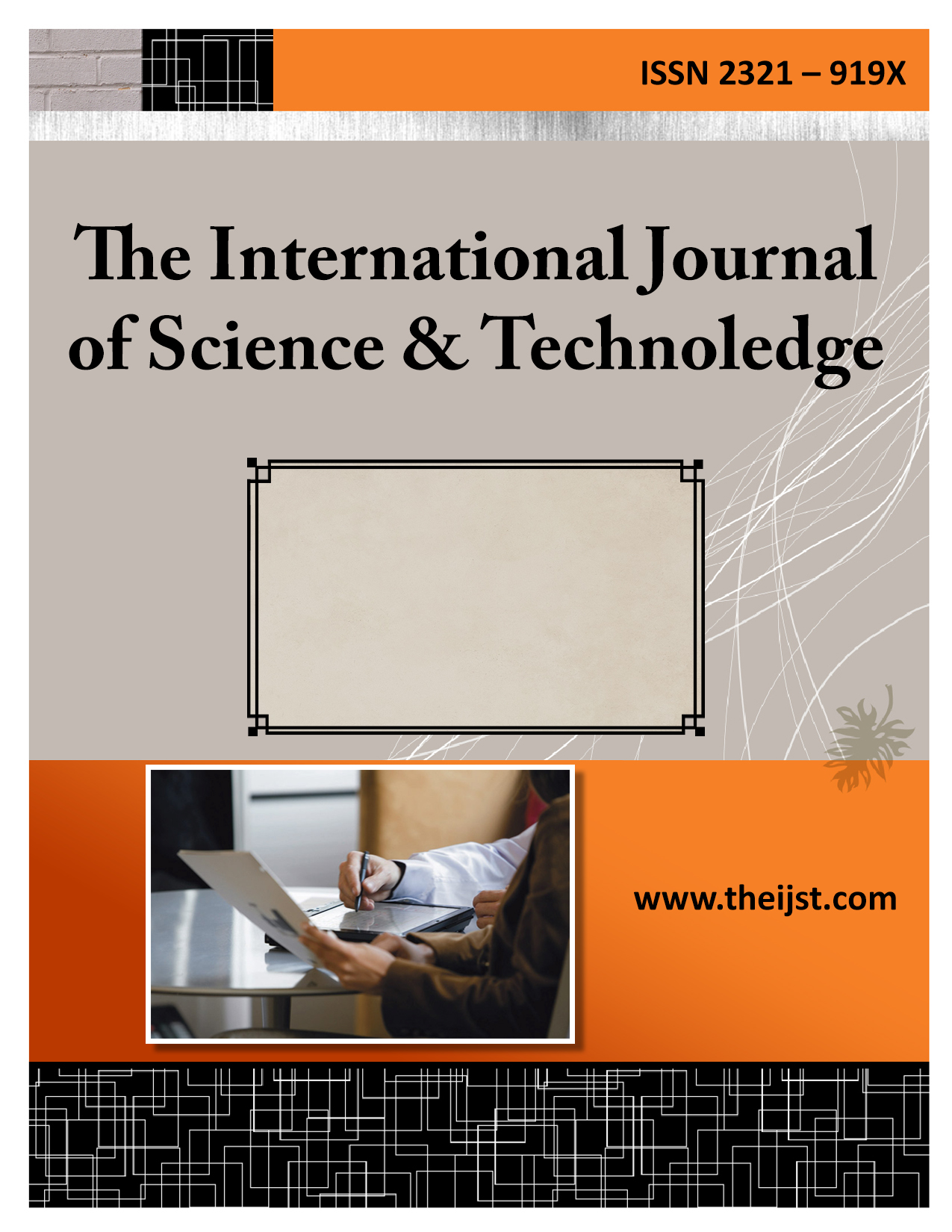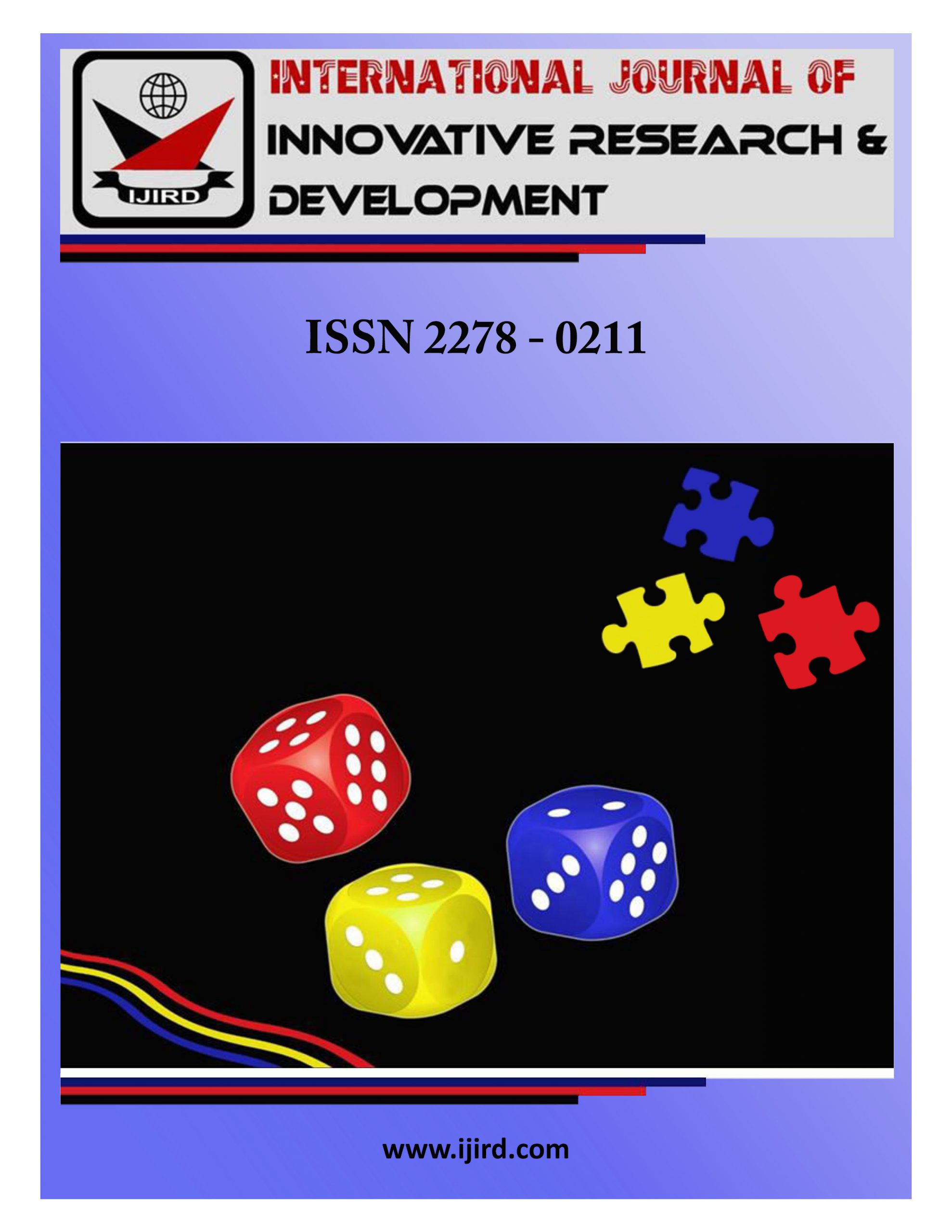“There is an art to science, and science in art; the two are not enemies, but different aspects of the whole,” said Issac Asimov. Many of history’s famous scientists were deeply influenced by art. In fact, their inventions were the results of their artistic perspective of the world. In this article, we are going to talk about some of those gems that erased the gap between these two disciplines and showed the world that these are two sides of the same coin.
- Samuel Morse: Morse Code is very popular among radio operators. This is a tool of communication that created history. It was invented by Samuel Morse, who initially started his career as an artist. He created Neoclassical paintings and even co-founded the National Academy of Design in Manhattan. But unfortunately, he could not earn acclamation in the field of paintings. He decided to turn the direction of his career and started working with electromagnetics and eventually invented the telegraph and Morse Code. Even today, many ham radio operators use this. Moreover, it is used in emergency signals and to help disabled people communicate easily.
- Spaniard Cajal: Spaniard Cajal or Santiago Raymond y Cajal is popularly known as the father of modern neuroscience. He was the first one to find out that individual cells structure the brain. Later he created detailed drawings to illustrate his microscope-aided findings. His contribution to neuroscience earned him the Nobel Prize. His discoveries are valued across the globe as sources of neurological information. But the interesting fact is that he, too, started his career as an artist. It is only because his father pushed him that he came into the field of science. Some of his paintings have been showcased at NYU, MIT, and the University of North Carolina.
- Leonardo da Vinci: This discussion can never be over without mentioning one of the greatest of all time, Leonardo da Vinci. Vinci’s artistic excellence is evident in his epoch-making creations like the Mona Lisa and The Last Supper. The perfection of Vinci’s creations is the result of his vast knowledge of human anatomy. By observing birds and how they fly against the wind, he designed flying machines. His contribution to medical science can not be neglected either. He first dissected corpses and created a detailed drawing of the human bones and muscles. From all these, it is evident that Vinci’s genius was a blend of scientific excellence and artistic innovation.
Several journal calls for papers have discussed this same topic. If we look closely, we will see that science and art are correlated, and these two together lead the world towards betterment. Apart from Vinci, Morse, and Spaniard Cajal, there are several scientists who achieved their scientific excellence through their artistic approach toward life.










